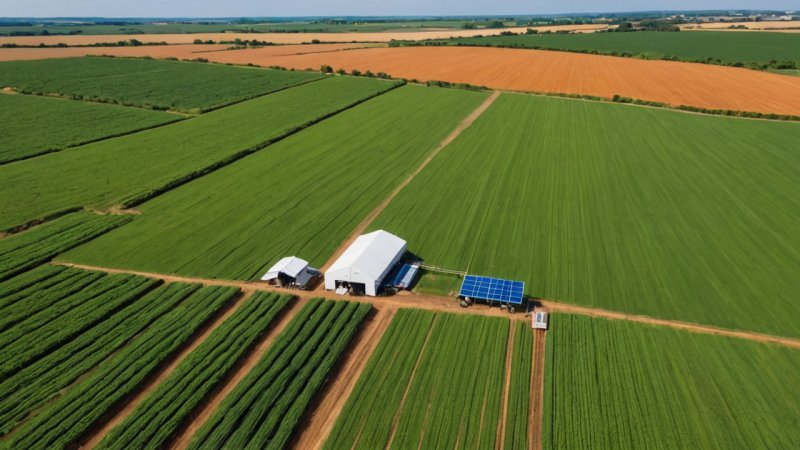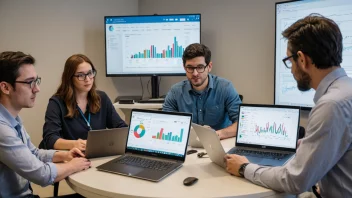What is Smart Agriculture?
Smart agriculture refers to the integration of advanced technologies such as IoT, AI, and data analytics into farming practices to enhance productivity, efficiency, and sustainability. By utilizing various sensors and data analysis tools, farmers can make informed decisions that lead to better crop yields and resource management.
How does open source contribute to smart agriculture?
Open source software and hardware provide accessible tools and resources for farmers and developers, fostering innovation and collaboration. By sharing knowledge and solutions, open source projects can help reduce costs and improve technology adoption in agriculture.
What are some examples of open source projects in smart agriculture?
- FarmBot: An open-source CNC farming machine that automates gardening tasks.
- OpenAg: A project aimed at creating open-source hardware and software for controlled environment agriculture.
- CropWatch: A tool that leverages satellite imagery and open data to monitor crop health.
What are the benefits of using open source in agriculture?
Open source solutions can lead to numerous benefits, including:
- Cost-Effectiveness: Lower development and operational costs due to shared resources.
- Customization: Flexibility to adapt technologies according to specific farming needs.
- Community Support: Access to a community of developers and users who can provide assistance and share best practices.
Are there any challenges associated with open source in agriculture?
While there are many advantages, challenges include:
- Technical Expertise: Farmers may require training to effectively use open-source technologies.
- Integration Issues: Compatibility with existing systems can be a concern.
- Data Privacy: Ensuring the security of collected data is crucial.
How can farmers get involved with open source agriculture projects?
Farmers can engage with open source agriculture by:
- Joining Online Communities: Participating in forums and groups dedicated to agricultural technology.
- Contributing to Projects: Collaborating with developers by providing feedback and sharing experiences.
- Attending Workshops: Learning about open-source tools and their applications in agriculture.
What is the future of open source in smart agriculture?
The future looks promising as more people recognize the importance of sustainable agricultural practices. Open source technologies are likely to play a significant role in addressing the challenges of food security and climate change by enabling more efficient and environmentally friendly farming methods.
Final Thoughts: Open source is transforming agriculture by providing innovative solutions and fostering collaboration among farmers, developers, and researchers. As the agricultural landscape continues to evolve, embracing open-source practices will be crucial for sustainable growth and productivity.






